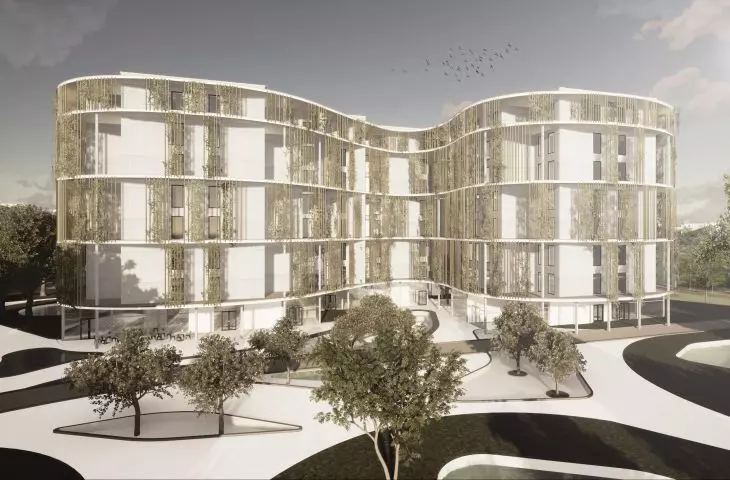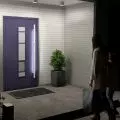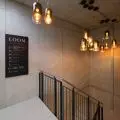Barbara Jamróz and Karolina Srebro from the Cracow University of Technology, during their student exchange from the Erasmus+ program at the Politecnico di Milano as part of a semester-long assignment, designed, together with Gunes Merve Usta, a building that is part of the Olympic village to serve athletes during the winter games taking place in 2026. The challenge was also to think about the future of the building - the authors proposed that it could turn into a dormitory after the Games are over.
The project was created as part of the Building Technology Studio course, and was supervised by Prof. Andrea Tartaglia and Prof. Giovanini Castaldo. The students were to design one of the buildings that are part of the Olympic Village in Milan for the upcoming winter Olympics - the Milano Cortina 2026 Winter Games. In addition to designing suitable conditions for the participants in the games, the students also had to think about the future of the built complex so that the facility could be reused. According to the students, the ideal answer to the problem posed was to design the building in such a way that it could serve as a dormitory in the future, providing a place to live for the students who come to the city in large numbers each year.
Olympic village building design, site development plan
© Barbara Jamróz, Karolina Srebro, Gunes Merve Usta
The project area is located in the southeastern part of Milan. The history of the site is closely linked to industry and rapid and significant infrastructure development. The area is valuable not only for its proximity to the city center and good transportation, but also for maintaining a healthy relationship of the urban fabric between open and built spaces, the authors explain.
object has oval, organic forms
© Barbara Jamróz, Karolina Srebro, Gunes Merve Usta
first an Olympic village, then a student town
The designed building will be part of a larger complex of an entire Olympic village, which will later be transformed into a student town. The authors of the project decided to use prefabricated elements in steel construction in order to make the space as versatile as possible. The development was organized by them in a modular manner, and the structure used allows for quick assembly.
When designing the building, we took into account the peculiarities of Milan - oriented to development and modern forms, and open to buildings sunk in green gardens. The surrounding area of the plot, which consists of modern residential high-rises, was also an important element. We also wanted to emphasize the green spaces, which not only allow residents to relax, but also act as a shelter from the tracks, hence the streamlined, biomorphic shape of the form, the students say.
The balustrades are overgrown with ivy
© Barbara Jamróz, Karolina Srebro, Gunes Merve Usta
vertical gardens
The main compositional axes outlined the distribution of traffic routes on the plot, connecting it to the sports complex, the other buildings, as well as the main road, where bus and streetcar stops and the subway are located. The entire area is connected by organically shaped paths, which naturally separate but also connect the various spaces and functions of the complex. Due to the southern exposure of the facade and the climatic conditions in Milan, it was necessary to use not only adequate ventilation of the building, but also a shade that would protect the rooms from excessive sunlight. To this end, the authors used steel balustrade posts overgrown with ivy, creating vertical gardens throughout the facade.
Olympic building design, projection
© Barbara Jamróz, Karolina Srebro, Gunes Merve Usta
mixed-use building
In addition to three types of residential rooms for the building's residents, the complex also includes a café combined with a bookstore, storage rooms, a reception area , social spaces, a gym, a public recreation room, and a clinic accessible from the sports complex.
The authors opted for ecological solutions
© Barbara Jamróz, Karolina Srebro, Gunes Merve Usta
So we can say that this is a mixed-use building: there is room not only for the residential part, but also for the variety of spaces necessary for the full and healthy functioning of the complex, the authors add.
each resident has access to a terrace
© Barbara Jamróz, Karolina Srebro, Gunes Merve Usta
Access to the residential levels is provided by three staircases, between which are common rooms and kitchens. From each room, athletes and, later on, students will have access to a green terrace - a place of rest, which in summer, thanks to vegetation and shade, promises the temperature reduction so desirable in warm climates.









































